Since the 1960s, bacteria have been hopping a ride into space on space vehicles and astronauts, and have been cultivated within experiments on space shuttles and the International Space Station (ISS). The extreme growing conditions and the low gravity environment on the Earth-orbiting vehicles offers a stable research platform for looking at bacteria in a different light.
Why are these high flying studies so important? Inside and out, we are vastly outnumbered by the microbes with which we share this planet. Space-traveling microbes offer robust evidence of the survival of bacteria in extreme environments, and help us understand ways we might nurture helpful bacteria and deter destructive pathogens.
The ISS is, among other things, a big orbiting lab that circles the Earth at about five miles a second. Because it is in space, the low-gravity environment is completely different than anywhere else on the planet's surface. Researchers from around the globe take advantage of the specialized atmosphere and challenges of the space station to test their theories—and their microbes.
Learning About Infectious Microbes in Space
Experiments on the space station cover a lot of ground. One study published in PeerJ from researchers at UC Davis found that a harmless bacteria collected from a New York doorknob (Bacillus methylotrophicus) sent into orbit grew approximately 60% better in space.
Other studies have been (and continually are) conducted to learn specifically about how microbes could infect space travelers in the future.
Arizona State University professor Cheryl Nickerson studies the effect of forces—like spaceflight—on microbes and how they might affect infectious diseases experienced by humans in space and on the ground. Since 1998, the experiments of Nickerson and her research team have flown on the space shuttle, ISS, and SpaceX flights.
We have the opportunity to utilize spaceflight as a unique research and development platform for novel applications with potential to help fight a globally devastating disease.
In a study published in 2007 involving Salmonella typhimurium, Nickerson's team compared the infectious capability of Salmonella that flew on a space shuttle with Salmonella grown on earth.
Nickerson's team knew from previous studies that S. typhimurium displays "increased virulence, increased resistance to environmental stress, increased survival in macrophages, and global changes in gene expression" when grown in a space-simulating environment on earth. The next step was actual space.
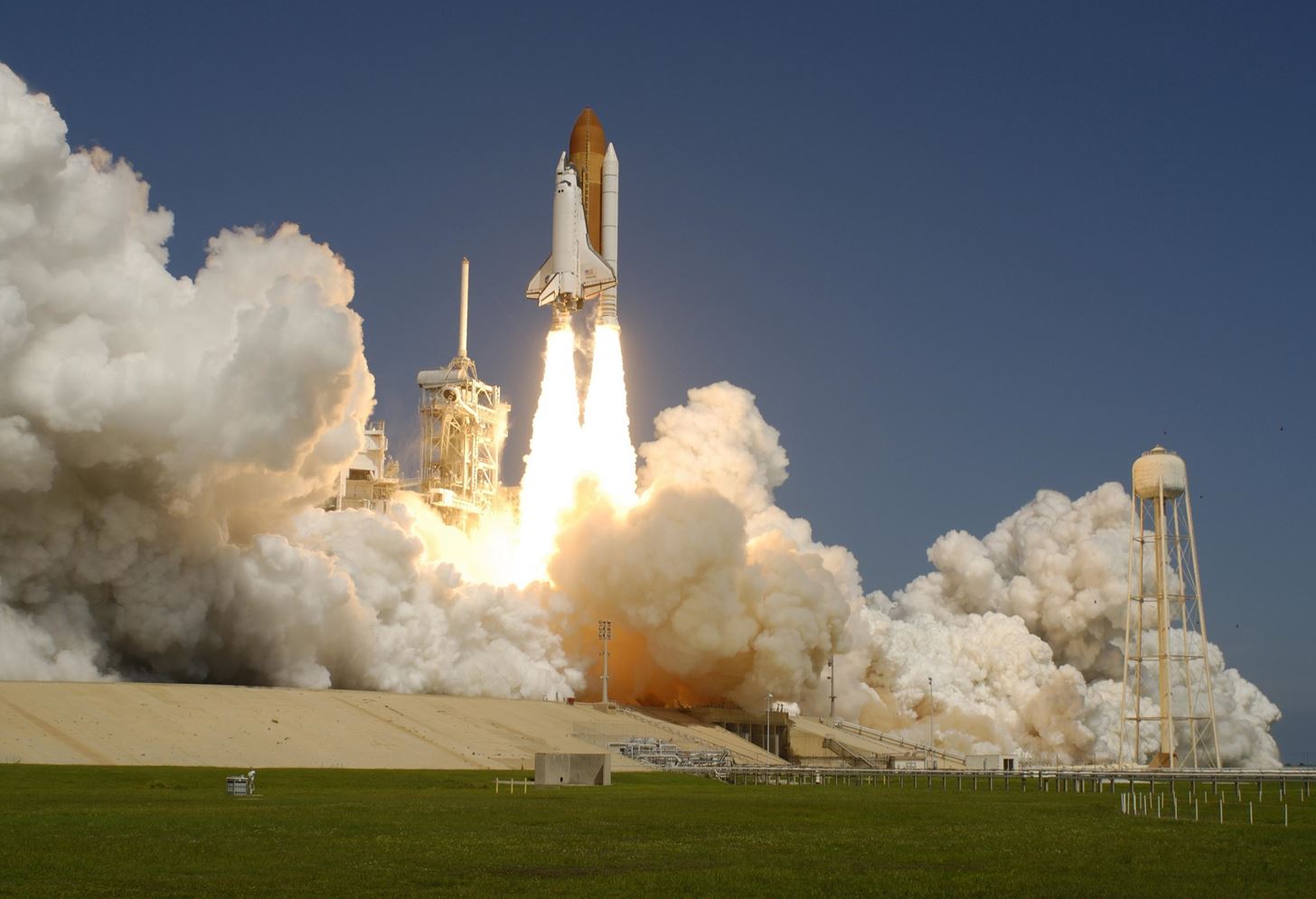
Vials of S. typhimurim were sent up in Space Shuttle Atlantis during its two-week STS-115 mission, and within hours of landing back on earth, researchers infected two sets of mice—one with the space-faring microbes and a second with a set of microbes that stayed in a controlled lab at Kennedy Space Center.
The result?
[T]he space flight environment imparts a signal that can induce molecular change in bacterial cells. Furthermore, these results ... provide direct evidence that this signal can alter the virulence of a microbial pathogen.
Higher virulence means more danger from this bacteria, which could be a bad thing if an astronaut was infected.
Since then, the Arizona State University team reproduced its findings in 2011, identifying how the increased Salmonella virulence occurred, and how to stop it.

Nickerson's research is part of a larger effort to learn more about recombinant attenuated Salmonella vaccine (RASV). Using engineered microbes, scientists hope to create a strain of Salmonella to use as a vaccine against the bacteria Streptococcus pneumonia, a dangerous killer of young and old that is responsible for approximately ten million deaths per year.
In a 2016 overview of their research, Nickerson's team notes these and follow-up studies "should continue to provide newfound knowledge to keep crewmembers safe during space exploration and to identify novel targets for vaccines and therapeutic development."
Whether high in the sky, or on the computer key you just pressed—the interesting world of microbes is all around.
Just updated your iPhone? You'll find new emoji, enhanced security, podcast transcripts, Apple Cash virtual numbers, and other useful features. There are even new additions hidden within Safari. Find out what's new and changed on your iPhone with the iOS 17.4 update.
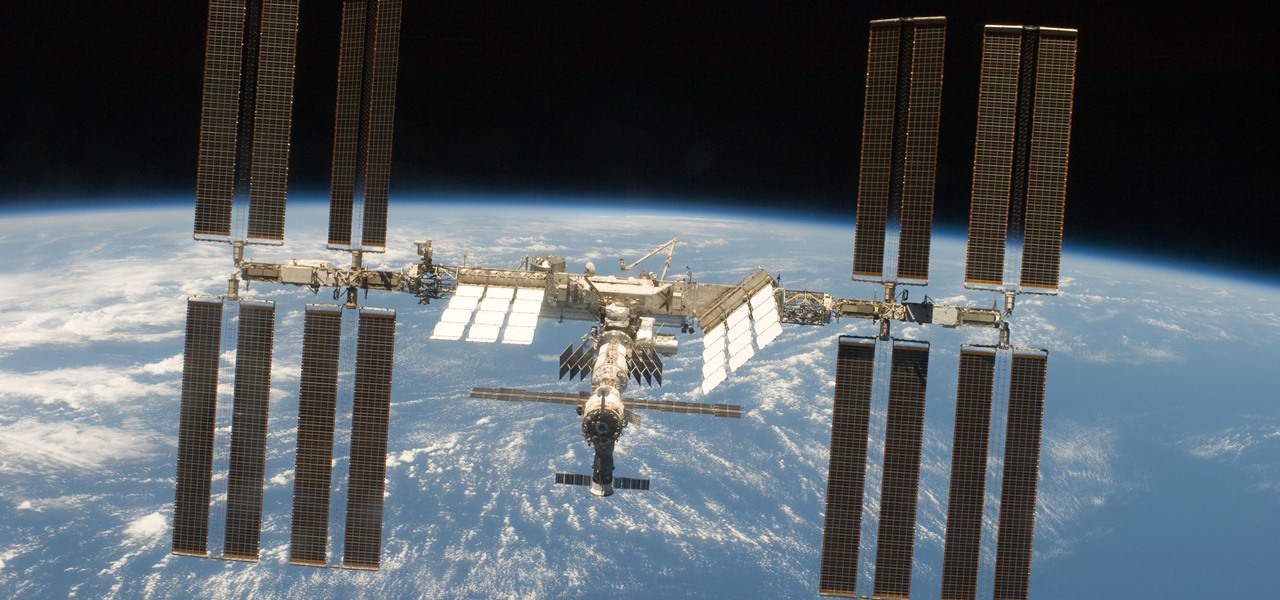


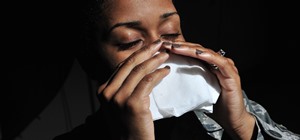
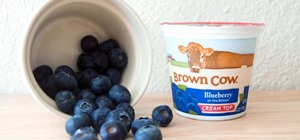
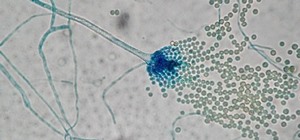
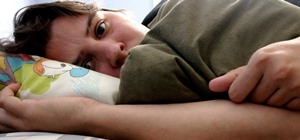
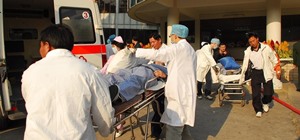
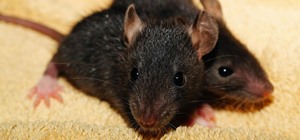
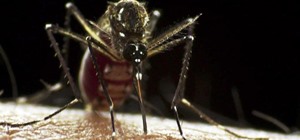
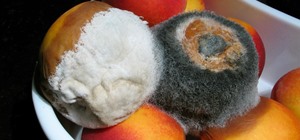
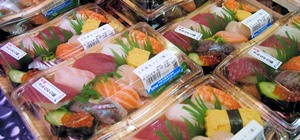
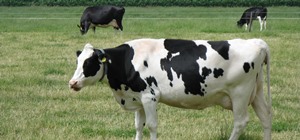

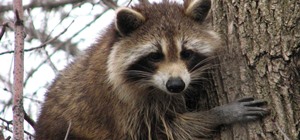
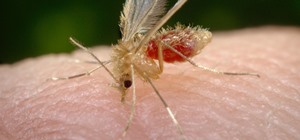
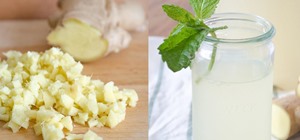
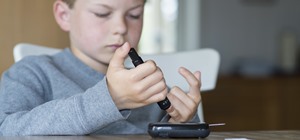


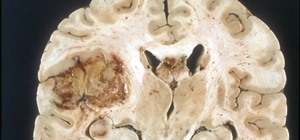
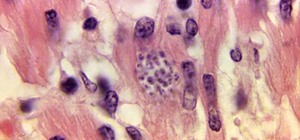
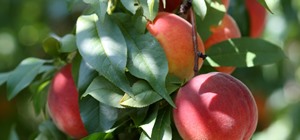
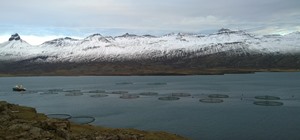
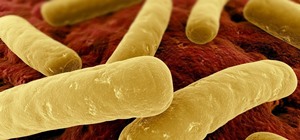
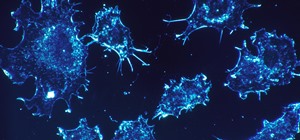
Be the First to Comment
Share Your Thoughts